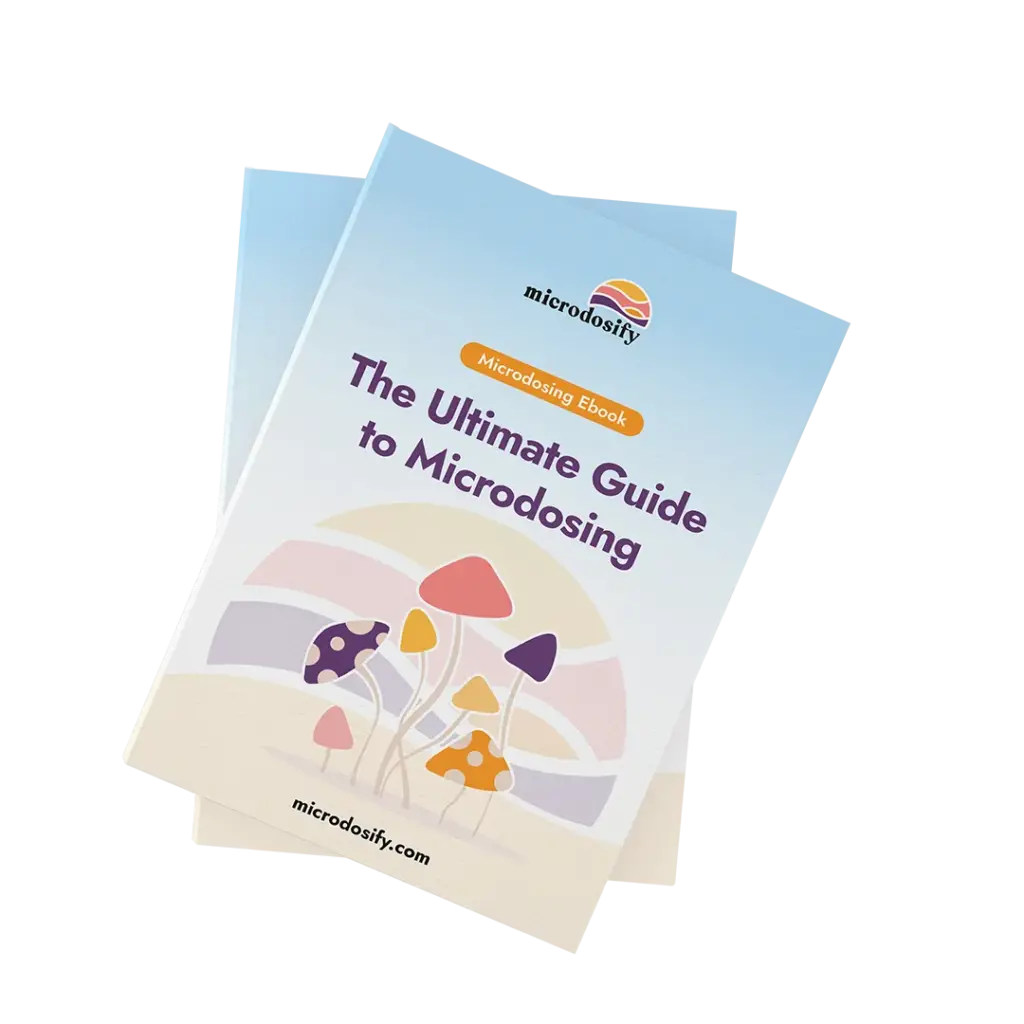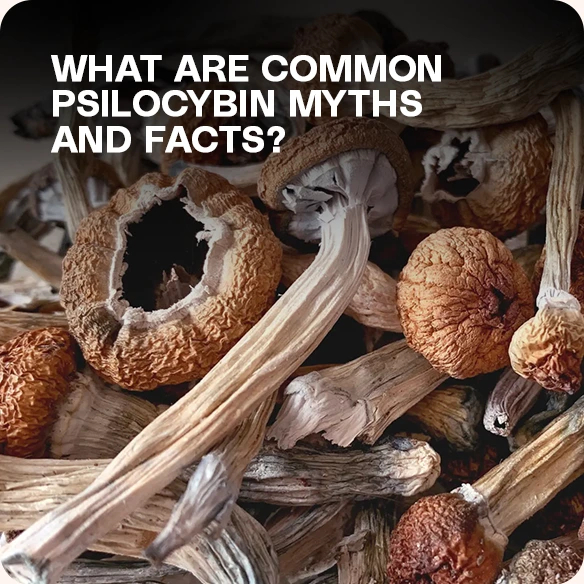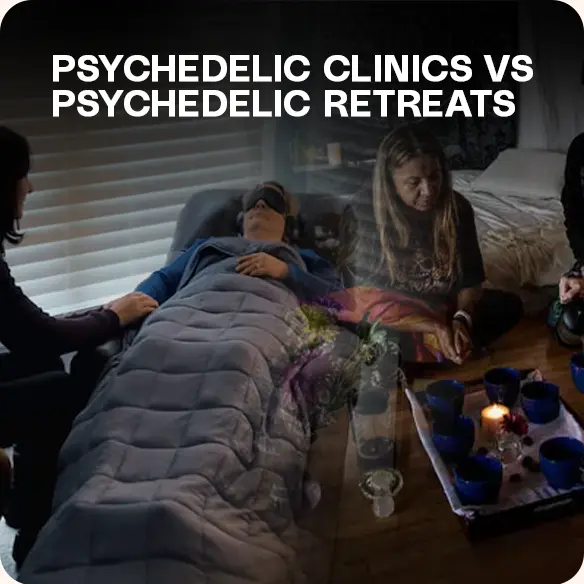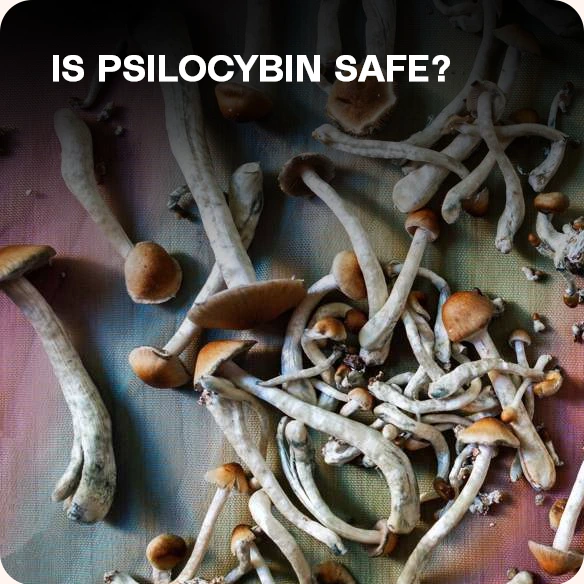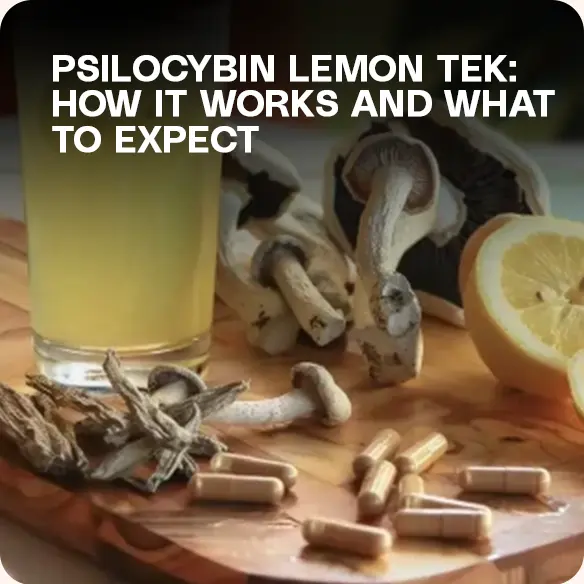Psilocybin myths include false claims that all psychedelic use is dangerous, that mushrooms make people inherently peaceful, and that therapeutic benefits are universal.
Research shows psilocybin safety depends on set, setting, dose, and supervision, with controlled studies reporting serious adverse events in less than 1% of supervised treatments while individual responses vary significantly.
As psychedelic research expands in the United States, misconceptions spread alongside scientific findings.
Understanding fact from fiction helps people make informed decisions about potential therapeutic applications, research participation, and safety considerations.
Key Points
- Safety Context Matters: Risk depends on set, setting, dosage, and professional supervision rather than being universally dangerous
- Not Universal Benefits: Therapeutic outcomes vary widely based on individual neurochemistry and supportive care quality
- Legal Status Varies: Some US jurisdictions have decriminalized while others maintain strict prohibition
- Quality Control Issues: Unregulated products vary significantly in potency and purity across strains and sources
- Microdosing Evidence Mixed: Some studies report benefits while others find minimal or inconsistent effects
- Not Personality Changers: Taking psychedelics does not automatically make people more peaceful or enlightened
- Research Requirements: Publicly traded companies need licenses and permits before conducting psychedelic research
Is All Psilocybin Use Dangerous and Unpredictable?
Psilocybin safety depends on context rather than being universally dangerous.
Controlled studies emphasize screening, careful dosing, and professional supervision in therapeutic settings.
Contemporary research from US academic centers shows meaningful benefits for treatment-resistant depression, anxiety, and PTSD under controlled conditions.
Set and setting play critical roles in outcomes.
Mental state and physical environment significantly influence both safety and therapeutic potential. Co-occurring conditions, concurrent medications, and prior psychedelic exposure also affect risk profiles.
Public health messaging should balance potential benefits with caution about misuse or unsupervised experimentation.
| Risk Factor | Low Risk | High Risk | Safety Measure |
|---|---|---|---|
| Setting | Supervised clinical | Unsupervised public | Professional guidance |
| Dosage | Controlled microdose | Unknown high dose | Precise measurement |
| Medical History | Screened participant | Untreated psychosis | Healthcare consultation |
Does Psilocybin Guarantee Therapeutic Benefits?
Psilocybin is not a universal cure-all, despite promising research results.
Therapeutic outcomes depend on dosage, therapeutic setting, individual neurochemistry, and quality of supportive care.
Clinical trials show 60-70% response rates for specific conditions, meaning 30-40% of participants may not experience significant benefits.
Results vary based on treatment-resistant depression versus other conditions, patient preparation, integration therapy quality, and individual biological factors.
The science advances through controlled research settings rather than unsupervised use. Professional supervision remains important for maximizing benefits while minimizing risks.
Professional guidance becomes important when navigating therapeutic applications safely. People interested in learning more can explore microdosing 101 and find information about structured 30 day experience programs that account for individual biology and goals.
Do Psychedelics Make People More Peaceful and Enlightened?
Taking psychedelics does not automatically make people peaceful or enlightened.
Historical evidence shows Vikings potentially used psychedelics before battle for “unearthly abilities,” and former heavyweight champion Mike Tyson credited toad venom (5-MeO-DMT) for inspiring his return to fighting at age 54.
Research shows psychedelic therapy sessions confronting trauma or ego dissolution are not always tranquil experiences. Some groups linked to psychedelic overuse exhibit oppressive or racist behaviors.
The notion that world problems would disappear if more people used psychedelics represents wishful thinking rather than evidence-based reality.
Psychedelics may improve existing skills and perspectives but do not teach new abilities people lack. Practice and integration remain the paths to meaningful personal development, with or without psychedelic assistance.
What About Microdosing Claims and Evidence?
Microdosing research shows mixed results with some studies reporting mood and creativity benefits while others find minimal or inconsistent effects. Sub-perceptual doses (typically 0.1-0.3mg psilocybin) taken every 3-4 days aim to avoid full psychedelic experiences while potentially improving daily functioning.
Current evidence includes both positive reports from users and placebo-controlled studies questioning significant benefits.
Microdosing is not risk-free and can interact with medications, affect sleep patterns, or influence anxiety in sensitive individuals. Individual responses vary significantly based on biology, expectations, and implementation quality.
Structured microdosing approaches benefit from professional guidance to optimize dose timing, cycling protocols, and integration practices. Those seeking reliable information can review dosage guidelines by weight that help separate marketing claims from research-supported benefits.
How Do Legal Status and Quality Control Affect Safety?
Legal patchwork creates confusion about psilocybin access and quality. Some US jurisdictions have decriminalized personal use while others maintain strict prohibition. Many areas have deprioritized enforcement without full legalization, creating regulatory uncertainty for users and providers.
Unregulated products vary significantly in potency and purity across mushroom strains, growing conditions, and processing methods. Home cultivation and illegal market products lack standardized testing, making accurate dosing difficult and potentially dangerous.
Harm reduction emphasizes using trusted sources, testing when possible, and starting with conservative doses. Lab-tested products provide better consistency, though availability depends on local legal status and regulatory frameworks. People seeking information about safety considerations can find frequently asked questions that address quality control concerns.
Additionally, understanding timing considerations like microdosing at night helps people make informed decisions about when and how to approach these substances safely.
Are There Psychedelic Investment and Research Myths?
Many publicly traded psychedelic companies do not currently sell psychedelics but instead focus on research licensing, intellectual property development, and clinical trial preparation. Basic research often gets outsourced to international contract research organizations while companies build regulatory pathways.
Investment enthusiasm sometimes outpaces scientific reality, with companies making ambitious claims about timeline and therapeutic potential. Rigorous research takes years to complete, and regulatory approval processes remain lengthy and uncertain despite growing interest.
The industry includes legitimate research efforts alongside “psychedelic gimmick ventures” that may overstate capabilities or exploit consumer interest without substantial scientific backing. Due diligence remains important for investors and consumers evaluating psychedelic-related opportunities.
What Environmental and Conservation Issues Exist?
Overharvesting threatens natural psychedelic species, particularly the Sonoran Desert toad whose populations face endangerment due to illegal 5-MeO-DMT extraction. Marketing claims about “ancient psychedelic traditions” sometimes lack historical accuracy while creating demand that harms wild populations.
Roughly 100 species of psychedelic mushrooms exist worldwide, but sustainable cultivation practices matter for preventing ecosystem disruption. Responsible sourcing and synthetic production methods help reduce pressure on wild species while meeting research and therapeutic demand.
Conservation experts recommend synthetic alternatives over wild harvesting, particularly for rare species like the Sonoran Desert toad. Sustainable practices protect biodiversity while supporting legitimate research and therapeutic applications.
Those interested in mushroom varieties can learn about different strains like Golden Teacher mushrooms or White Rabbit strain characteristics, while understanding the importance of sustainable cultivation methods that reduce environmental impact.
Frequently Asked Questions About Psilocybin Myths
Is psilocybin legal everywhere for therapeutic use?
Psilocybin legal status varies significantly by jurisdiction in the United States. Some cities and states have decriminalized possession while others maintain strict prohibition. FDA-approved clinical trials operate under special research licenses regardless of local laws, but general therapeutic access remains limited.
Do all psychedelic experiences produce positive outcomes?
Psychedelic experiences range from positive to challenging or negative, depending on set, setting, dose, and individual factors. Controlled studies report adverse events in 5-15% of supervised sessions, while unsupervised use carries higher risks of difficult experiences requiring medical attention.
Can microdosing replace traditional mental health treatments?
Microdosing should not replace established mental health treatments without professional medical guidance. Current evidence is insufficient to recommend microdosing as a standalone treatment for clinical conditions like depression or anxiety. Integration with existing care provides the safest approach.
Are all psilocybin products equally safe and effective?
Product quality varies dramatically in unregulated markets. Lab-tested products provide better consistency and safety compared to unknown sources. Potency can vary by 10-fold between different mushroom strains and growing conditions, making accurate dosing difficult without proper testing.
Do psychedelics work the same way for everyone?
Individual responses to psychedelics vary based on genetics, brain chemistry, medications, and personal history. What helps one person may not benefit another, and some individuals may experience adverse effects even in controlled settings. Personalized approaches work better than one-size-fits-all protocols.
